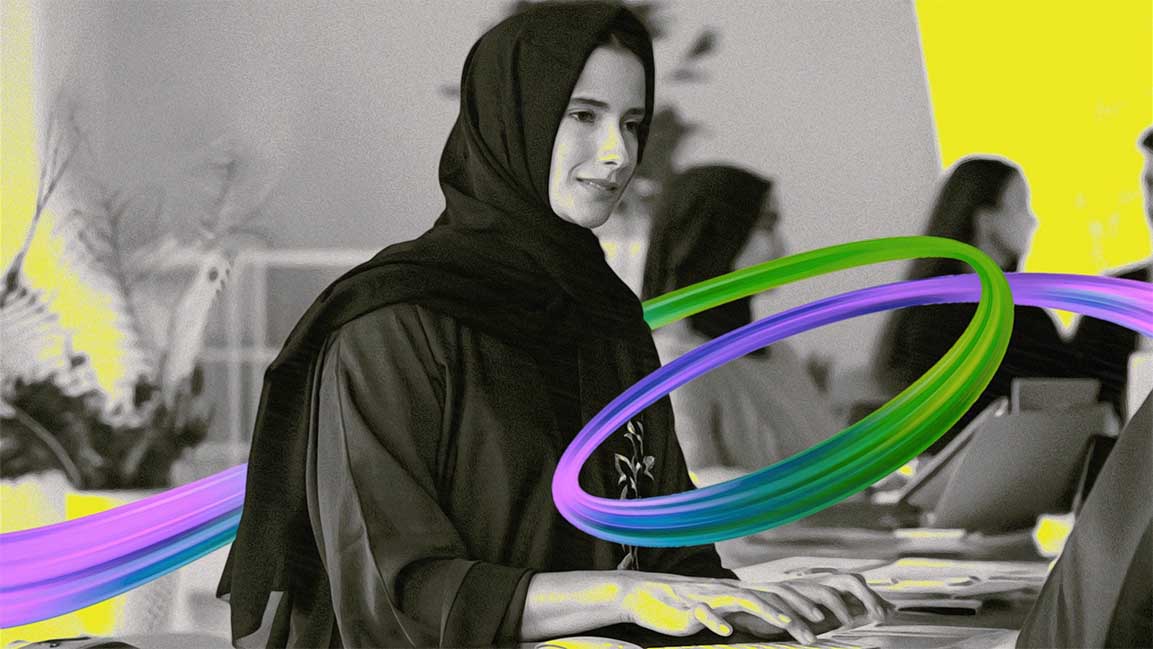- | 12:00 pm
More women in Saudi workforce could add $39 billion to economy, says S&P
Saudi Arabia's female labor force participation rate nearly doubled from 19% in 2016 to 36% in 2022.

Now accepting applications for Fast Company Middle East’s Most Innovative Companies. Click here to apply.
In the second quarter of 2023, Saudi Arabia’s economy experienced a growth rate of 1.2%. This growth was primarily driven by a significant expansion in the non-oil sector, a direct outcome of the Kingdom’s concerted efforts to diversify its economy in line with its Vision 2030 initiative.
The government has implemented several programs to promote business activities and generate employment opportunities, aiming to reduce the unemployment rate to 7%.
The Kingdom’s Vision 2030 also aims to boost women’s workforce participation to 30% by 2030 and create three million jobs for women, especially in the private sector.
According to a new report by S&P Global, if the current growth rate continues, Saudi Arabia’s economy is projected to expand by $39 billion, equivalent to a growth rate of 3.5%, by 2032. This growth is partly attributed to the rising participation of women in the workforce, which positively impacts the country’s economic development.
As per the report, labor market reforms have nearly doubled the female labor force participation rate for Saudi nationals, from 19% in 2016 to 36% in 2022. This has boosted the overall participation rate to a record high of 61.7% in March 2023, up from a record low of 54.2% in June 2017.
Saudi Arabia’s female labor force participation has increased significantly, but even small, steady increases would continue to benefit the world’s 17th largest economy.
S&P emphasizes that higher education plays a crucial role in women’s progress. In Saudi Arabia, just 16% of employed expatriate women possess a bachelor’s degree, whereas 41% have attained some secondary education.
S&P’s report additionally reveals that most Saudi women (35%) are employed in managerial positions, with clerical roles (21%) coming next in frequency. In contrast, nearly 80% of expatriate women workers are involved in sales and service-related occupations (such as travel attendants and personal service workers) or elementary jobs that involve physical labor (such as cleaning, domestic and office assistance).
Saudi Arabia has also taken measures to reduce barriers to women’s entry into the workforce. These measures include allowing women to drive, expanding remote and hybrid work options, eliminating the requirement for male guardian consent to start a business, and increasing the availability of female roles within the military.
While globally, men continue to have a higher likelihood of working outside the home, the disparity between men and women has significantly reduced over the past five decades. S&P highlights that Saudi Arabia is actively reducing this gap further.
































